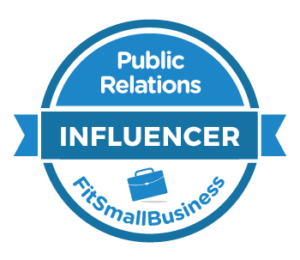I am writing about a topic that you don’t see buzzed about much on the PR blogs: persuasion.
Perhaps we don’t talk about it because PR people might not like to see themselves as persuaders (my fellow Windmill Networking columnist Judy Gombita wrote a nice post on PR Conversations that touched on PR echo chambers, among other things; thanks for helping to inspire this post, Judy).
After all, persuasion is most often associated with sales, right? And we like to think of ourselves as more than just slick salespeople.
But let’s face it, persuasion is a key part of what we do. Sure, we inform, educate, and talk about lofty things sometimes – but we also seek to persuade in many ways; e.g. that our news is worth covering. We help our clients master their communications skills, and write speeches that captivate and persuade. In tech, we craft campaigns that aim to persuade the market that our solutions are viable and better than others.
I started zeroing in on this topic following a family get together over the Jewish High Holidays. As sometimes happens at these events, the subject turned to politics and things got heated. My parents, who are seniors, are liberal and still very feisty, bless them… my brothers can veer a bit more conservative.
Both sides squared off. Voices were raised. Faces got red. Flecks of spit spray punctuated loud proclamations. Neither side could dislodge the other. One of my bros made a great show of the fact that he watches Fox News and CNN to get both sides, hence his viewpoint is more informed and balanced.
Coincidentally, there was an op ed in the NY Times soon after that cited very relevant research. It said, essentially, that people tend to stick to their positions despite being presented with (and absorbing) credible information from all sides. Here is an excerpt:
…evidence suggests that balanced presentations — in which
competing arguments or positions are laid out side by side — may not
help. At least when people begin with firmly held convictions, such an
approach is likely to increase polarization rather than reduce it… Our initial convictions are more apt to be shaken if it’s not easy to
dismiss the source as biased…
It follows that turncoats, real or apparent, can be immensely persuasive.
Another article in the Times focused on rhetoric – that is, the art of persuasion.
It is a great primer on the topic, and e.g. explained something that we discuss in media training: why you should stick to three key message points.


